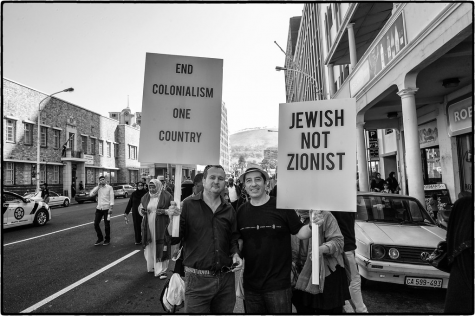The EU’s biggest problem? A change in attitude
February 7, 2019
As the New Year’s celebrations are slowly falling into oblivion, we are brought back to reality. For Europe, more specifically the European Union, it is a harsh one. In 2018, it faced the Brexit drama, mass protests against reforms in France and a rise of authoritarianism in most parts of the Union. The EU has taken a hit from all of these problems, but the really concerning issue is a different and one that has to be dealt with in 2019.
In 1951, just six years after the end of World War II, six European countries (France, Germany, Italy, Belgium, Luxembourg and the Netherlands) decided to put their heavy industries, namely coal and steel, under a common management, signing the treaty establishing the European Coal and Steel Community (ECSC). This way none of them could produce large amounts of weapons to start a war against one another again. The tumultuous past in the mind, the treaty was designed to bring unity and peace to a formerly divided area.
The agreement worked and every member state of the ECSC would prosper in the next couple of decades. Over time, more countries wanted to be part of a more united Europe and, until 1986, six more countries joined. Seven years later, a new treaty was signed, and the European Union was officially established.
Today, the EU has 28 member states and continues to enact new policies. Yet, 74 years after the end of World War II, a conflict that cost millions of people their lives and destroyed entire countries, its citizens are unsatisfied with the EU and are not cherishing its benefits. Peace in Western and Central Europe is thought of as natural and thus, the most valuable gift of the European Union is not seen as such anymore. This is the European Union’s biggest challenge. It needs to show that it is the key to a successful and unified Europe. It must make clear that it is, and always has been, pursuing its biggest goal: keeping peace in Europe.



















